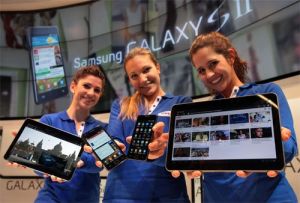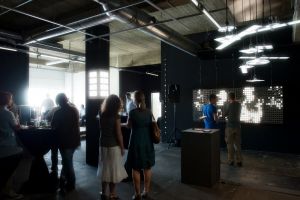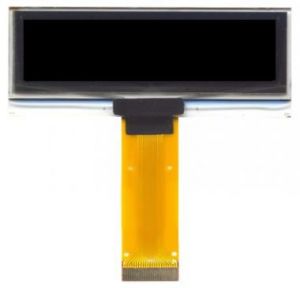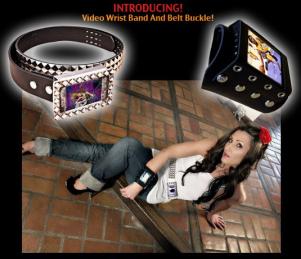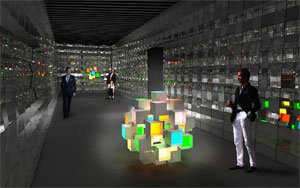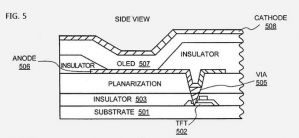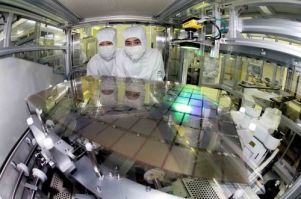Dupont's printable OLEDs to be cheaper than LCDs by 40%
Back in May 2010 Dupont announced that they can print a a 50" OLED TV in under two minutes, using their new printable OLED materials and a custom-made printer from Dai Nippon Screen Manufacturing Co. Today we learned that Dupont estimates that their new OLEDs will be cheaper than LCDs - by about 40%! Regular OLEDs cost about twice as much as LCDs to manufacture.
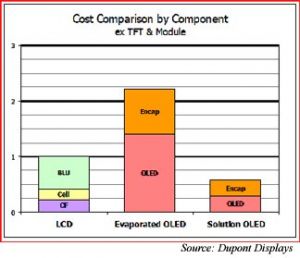
Dupont's new manufacturing process uses a continuous stream of ink (rather than droplets used in 'classic' inkjet design), and moves over a surface at rates of four to five meters per second while patterning a display. The spray-printer developed with Dai Nippon Screen works on Gen-4 substrates (730x920). Dupont is using a common structure for each pixel (red, green and blue) and isn't optimizing each pixel. This is less efficient, but results in faster throughput.


